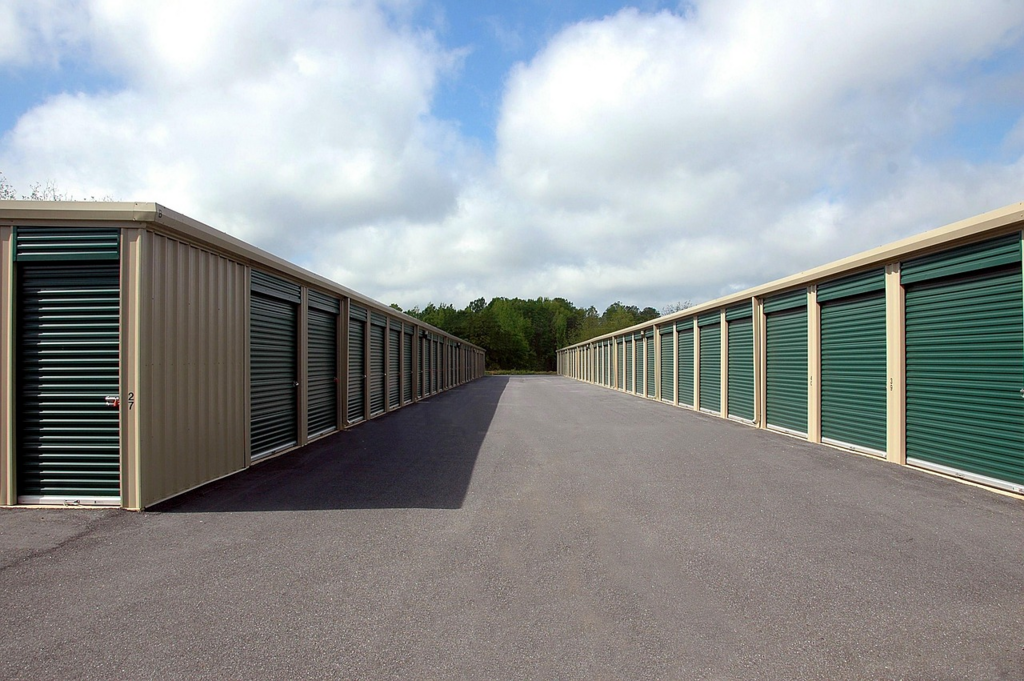- Home
- Articles
- Architectural Portfolio
- Architectral Presentation
- Inspirational Stories
- Architecture News
- Visualization
- BIM Industry
- Facade Design
- Parametric Design
- Career
- Landscape Architecture
- Construction
- Artificial Intelligence
- Sketching
- Design Softwares
- Diagrams
- Writing
- Architectural Tips
- Sustainability
- Courses
- Concept
- Technology
- History & Heritage
- Future of Architecture
- Guides & How-To
- Projects
- Interior Design
- Competitions
- Jobs
- Store
- Tools
- More
- Home
- Articles
- Architectural Portfolio
- Architectral Presentation
- Inspirational Stories
- Architecture News
- Visualization
- BIM Industry
- Facade Design
- Parametric Design
- Career
- Landscape Architecture
- Construction
- Artificial Intelligence
- Sketching
- Design Softwares
- Diagrams
- Writing
- Architectural Tips
- Sustainability
- Courses
- Concept
- Technology
- History & Heritage
- Future of Architecture
- Guides & How-To
- Projects
- Interior Design
- Competitions
- Jobs
- Store
- Tools
- More
Why Architects Need Digital Submittal Solutions for Faster Project Approvals

Why do project approvals take so long in architecture and construction? Delays often stem from outdated submittal processes, paper documents, endless email chains, and manual tracking, leading to miscommunication and lost files. Digital submittal solutions streamline workflows, improve collaboration, and accelerate approvals to help architects stay on schedule and within budget. Embracing automation ensures greater efficiency, fewer errors, and a competitive edge in today’s fast-paced industry.
Table of Contents
ToggleThe Urgency of Streamlining Architectural Project Approvals
Project approval delays in architecture and construction can result in costly setbacks, strained client relationships, and inefficiencies in resource management. Traditional submittal methods relying on paper documents, emails, and manual tracking create bottlenecks that hinder progress.
With multiple stakeholders involved, including architects, contractors, engineers, and permitting authorities, the risk of miscommunication and misplaced documents increases, further prolonging the approval process. As the industry shifts toward digitization, construction submittal software is emerging as a critical tool for architects looking to streamline approvals.
Digital submittal technology streamlines document management improves collaboration, and automates business processes, resulting in faster reviews and fewer errors. Companies that do not implement these technologies risk lagging in an industry where productivity is king. Architects can drastically enhance project schedules, save costs, and optimize overall project coordination by implementing digital submittal processes, these are some Top features to look for in construction submittal software

Key Challenges of Manual Submittal Processes
Most architecture practices continue to use antiquated submittal procedures, which not only delay approvals but also inject inefficiencies into the process. Perhaps the most significant drawback of manual submittals is that they are so time-consuming on paper. Printing, scanning, and submitting papers consume precious hours that could otherwise be spent designing and building.
Communication breakdowns also make the submittal process more difficult. Architects and contractors are not able to align expectations because they lack real-time collaboration tools. This creates misunderstandings that cause approval delays. Human error and redundancies also contribute significantly to submittal delays.
Manual keying in creates the risk of errors, where corrections and re-submissions ensue, with a resultant delay in the eventual completion of a project. Additionally, compliance risks grow when companies use manual monitoring systems that lack transparent audit trails for approvals and revisions.
The Impact of Inefficiency in Construction Submittal Management
One of the big problems in the construction and architecture field is that a lot of time is spent on unproductive activities. As per a report, construction professionals spend a whopping 35% of their time looking for project information, correcting document mistakes, and waiting for approvals.
Such inefficiency results in huge monetary losses and project delays. Without a systematic digital workflow, organizations continue to grapple with delayed approvals, missed schedules, and administrative overload.
With the aid of automated submittal solutions tools, architects can greatly reduce the time spent on redundant work and concentrate on core project tasks. Online platforms provide a unified platform where all the submittals, revisions, and approvals are tracked in real time, lessening uncertainty and speeding up the decision-making process.
How Digital Submittal Solutions Solve These Issues
Digital submittal software transforms the process of approval via centralized document management where all the involved stakeholders collaborate on a single up-to-date version of project documents.
This eliminates the dangers of operating on out-of-date documents and contradictory information. Automated workflows also optimize the approval cycle by creating predefined sequences for reviewing documents, ensuring that each submittal passes through the proper channels efficiently.
Another great advantage is real-time collaboration. Project managers, contractors, and architects can chat instantly through submittal tracking software, which reduces the latency time traditionally associated with manual processing. Accuracy also increases by utilizing computer-based automatic data verification, which flags mistakes in advance before submission, reducing resubmittals.
Manual vs. Digital Submittal Processes
| Feature | Manual Submittals | Digital Submittals |
| Time Efficiency | Slow, requiring printing, scanning, and physical submission | Instant uploads and automated workflows for faster approvals |
| Version Control | Prone to confusion due to multiple document versions | Centralized document management with version tracking |
| Collaboration | Delayed communication via emails and meetings | Real-time collaboration with instant notifications |
| Error Reduction | High error rates due to manual data entry | Automated validation minimizes mistakes |
| Compliance Tracking | Difficult to maintain audit trails | Automated logs ensure regulatory compliance |
The Impact of Faster Approvals on Architectural Firms
Ramps in approval velocities have a direct impact on an architecture firm’s efficiency, profitability, and business reputation. The most advantageous is reduced cost. Reduction in administrative difficulties, avoidance of rework, and quicker approval means reduced overhead and improved finances.
Higher project efficiency is another key benefit. When approvals are processed quickly, resources can be allocated effectively, preventing bottlenecks in the construction workflow. Firms embracing project management software for construction can handle multiple projects simultaneously, increasing revenue and market competitiveness.
Overcoming Common Barriers to Digital Adoption
Despite the clear benefits, architecture firms remain reluctant to embrace digital submittal processes due to misconceptions about cost, complexity, and disruption. The myth that digital tools are too complicated to implement is prevalent. Modern submittal software, however, is developed with simple-to-use interfaces and intuitive processes, which make the transition seamless and uncomplicated.
The Cost of Digital Transformation
The other myth is that digital transformation costs money. Sure, it will take an investment in software and training up front, but the cost savings over time in printing, labor, and delay expenses easily outpace this expense. Companies that adopt construction workflow automation see drastic cuts in operating costs.
Lastly, some experts worry that the transition to digital will disrupt ongoing projects. Implementation approaches allow businesses to embrace digital submittals without disrupting daily operations. Customer support and training are usually available on most platforms, ensuring that the transition is seamless.

Choosing the Right Digital Submittal Solution
Selecting the right submittal management software for construction is crucial for a seamless shift. Scalability is one of the important aspects to consider. The platform must be scalable to accommodate increasing project demands without having to make changes often. It must integrate with BIM tools, project management tools, and compliance tracking tools to allow easy connectivity among various project management tools.
Security aspects are equally important. Role-based access, encryption, and cloud backup assist in safeguarding sensitive architectural information from unauthorized users or loss. Moreover, companies must give priority to software that has high user adoption and training capabilities, which enables employees to learn and utilize the platform without difficulty.
FAQs
How long does it take to transition from manual to digital submittals?
Most firms can fully transition to a digital submittal process within a few weeks. The timeframe depends on the project’s complexity and the level of staff training provided.
Do regulatory bodies legally recognize digital submittals?
Yes, most regulatory agencies accept digital submittals, provided they meet authentication and compliance standards. Many jurisdictions encourage digital documentation to improve efficiency.
Can digital submittal solutions be customized for specific architectural workflows?
Absolutely. Many platforms offer customizable workflow automation, approval hierarchies, and document templates to align with firm-specific needs.
Conclusion
The construction and architecture sectors are changing rapidly, and companies depending on legacy submittal workflows are in danger of lagging. Electronic submittal solutions automate approvals, minimize errors, and make operations more efficient, allowing architects to meet project deadlines and save money.
By implementing the right submittal software, firms can become more collaborative, compliant, and competitive in the AEC space. The time is right to embark on digital transformation.
illustrarch is your daily dose of architecture. Leading community designed for all lovers of illustration and #drawing.
Submit your architectural projects
Follow these steps for submission your project. Submission FormLatest Posts
What are the Key Benefits of Professional Cleaning Solutions?
Across studios, offices, and shared workspaces, dust builds up faster than many...
Storage Unit Sizes Explained: How to Pick the Right Space for Your Stuff
Standing in front of a row of storage doors, it’s hard to...
Why Modern Couples Are Bringing Back the Heirloom Wedding Album
Weddings today are packed with tech—photos snapped on smartphones, digital galleries, and...
What to Expect from a Comprehensive Building Review
Walk through an older building and the clues often hide in plain...












Leave a comment